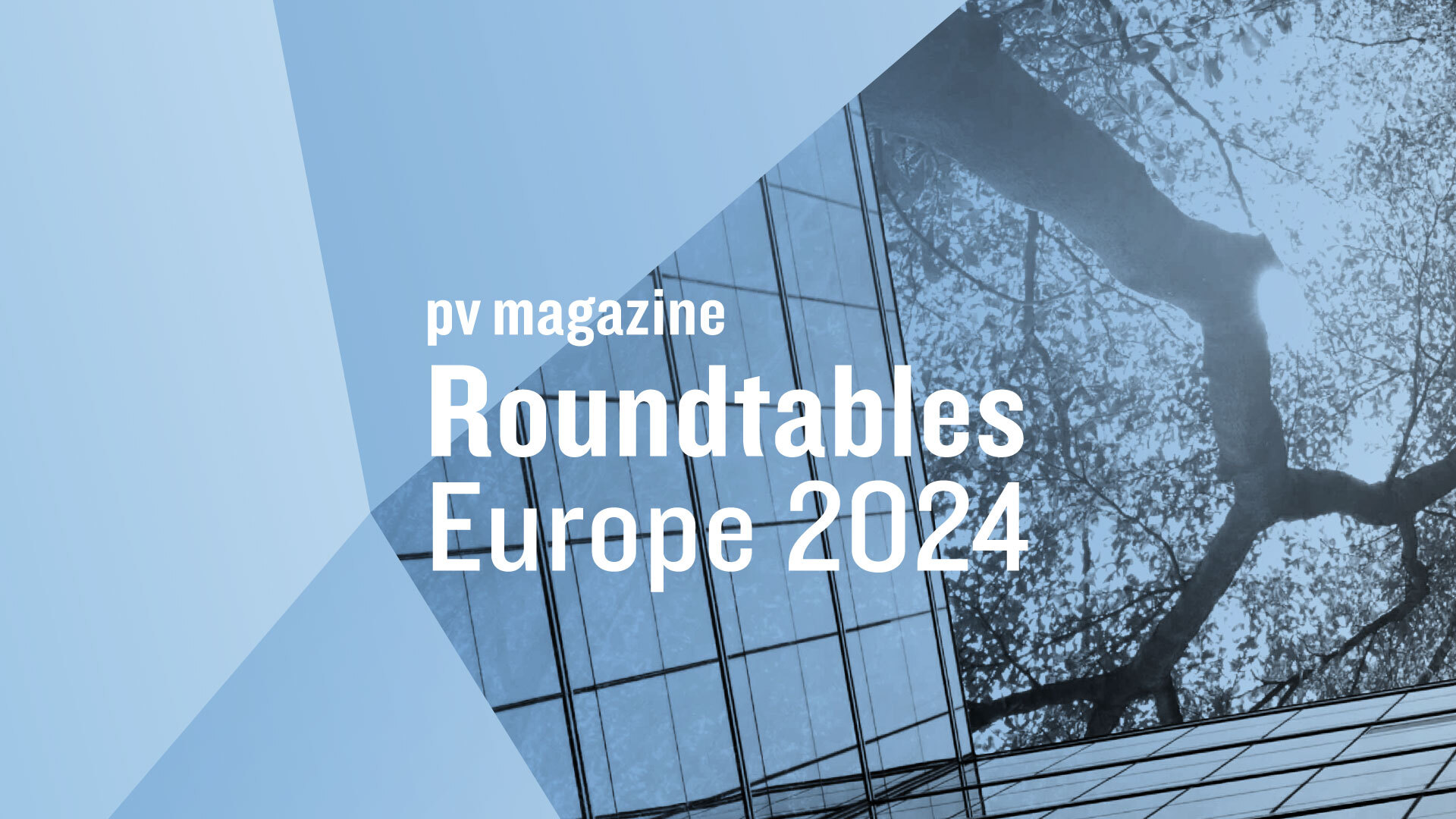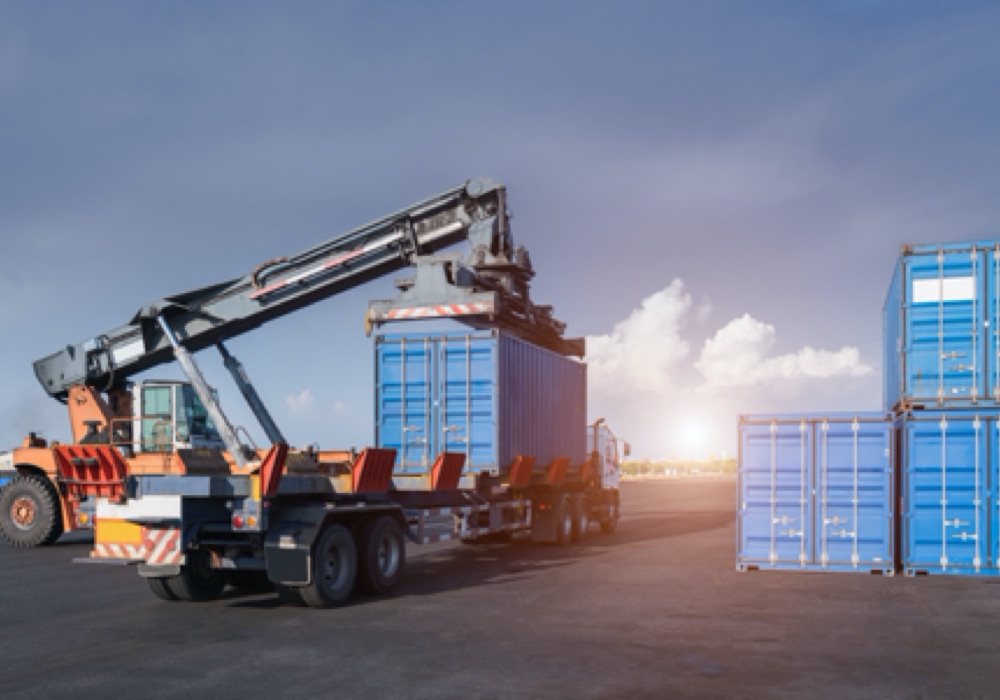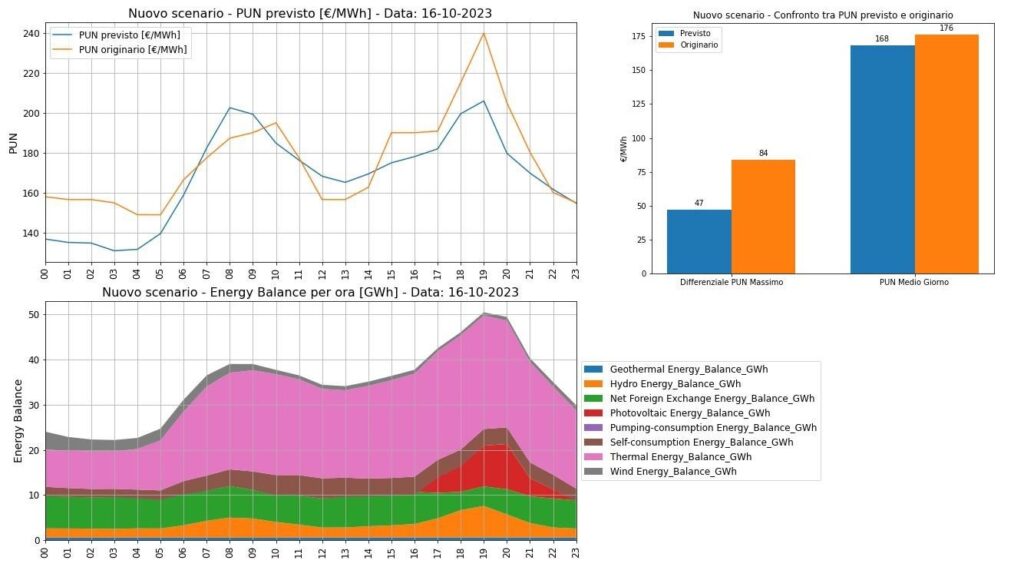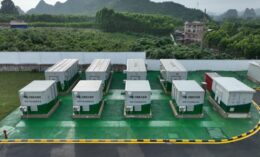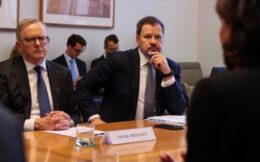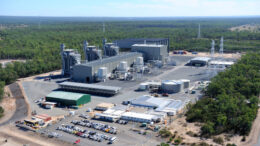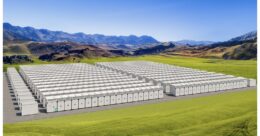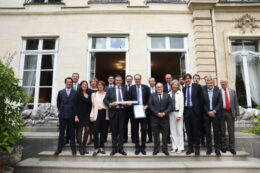The prospects for battery investment in Germany

Germany’s government has been increasing the pace of renewables deployment. The goal of an 80% renewable energy mix by 2030 remains highly ambitious, though, with PV capacity needing to almost triple to reach 215 GW by the end of the decade.
The government has launched several initiatives since 2022, including raising developer feed-in tariffs (FITs), releasing more sites – such as alongside autobahns and railways, and including concepts such as agrivoltaics and floating solar in tenders. Rooftop solar has also enjoyed policy support.
The solar industry has shifted gears, driving M&A activity. Only a handful of deals were made between German developers, investors, and generators between 2010 and 2021, but 2024 could be the third consecutive year with more than 20 GW of deal volume (see table).
Crowded market
Heightened activity has raised competition for land, labor, and auction-linked FITs. A crowded market means project quality and development premiums have begun to vary significantly.
High interest rates have affected PV project investment, with clean energy bonds, for instance, now looking like an attractive alternative. Wind developer margins have been more resilient, thanks to bigger capital expenditure requirements and more complex permitting, deterring new entrants.
The split is clear in valuations of listed European solar and wind developers. Both suffered after March 2023 but wind companies have since recouped some of the losses. Based on company enterprise values versus earnings before interest, taxes, depreciation, and amortization (EV/EBITDA), wind companies commanded a multiple of 14.4 versus 9.4 for PV developers – a premium of around 50%.
Number of transactions and deal volume in Germany (announced and completed)
| Period | Deals | Gross MW |
|---|---|---|
| 2010-19 | 38 | 1,067 |
| 2020 | 2 | 237 |
| 2021 | 5 | 4,935 |
| 2022 | 37 | 23,715 |
| 2023 | 19 | 21,203 |
| 2024 March | 6 | 5,571 |
| 2024 annualized | More than 20 | More than 20,000 |
Storing value
Energy storage is also attracting investors. German clean energy companies have told GreenCap Partners that battery energy storage system (BESS) deployment is top priority, mostly colocated with generation. Revenues from arbitrage – charging batteries with cheap electricity to sell during peak periods – and grid ancillary and capacity services are attractive.
The German government’s innovation tender offers 20-year FITs for solar-plus-battery sites, with the option of trading the stored energy.
That tariff, however, has strings attached. Batteries can only be charged from the solar park and not the grid, meaning they can be underutilized. Electricity produced from the park is also labeled “gray energy” and cannot, therefore, secure Guarantees of Origin clean energy certificates. Trading stored energy is also restricted to a maximum of two cycles daily and a minimum 25% of storage capacity has to be maintained at all times. Finally, more recent amendments resulted in a shift from a fixed market premium to a variable payment for battery operators, which is something that was viewed as less attractive, leading to under-subscribed tender processes.
Actual build-out capacity figures for Germany reveal that the rollout of large-scale BESS is still in its infancy. As of March 2024, a mere 1.5 GWh capacity has come online, although the figure is expected to grow to 4.6 GWh by the end of 2025. By contrast, small-scale, household “behind-the-meter” battery storage has enjoyed significant growth over the past five years and stands at 10.8 GWh.
British BESS
For a better understanding of what’s to come, the United Kingdom may offer a useful perspective. British developers are ahead of their German counterparts by an estimated three to five years. Findings from our recent survey with United Kingdom infrastructure managers may offer useful discussion points for German developers and operators.
Grid access is key. In the United Kingdom, the industry expects at least 15 GW – but more likely 20 GW to 30 GW – of BESS to come online by 2030. Many projects are struggling to receive grid-connection permits before the mid-2030s. Major development projects will struggle to maintain financial viability for such prolonged periods.
Increased competition has also led to a decline in battery revenues. There has been a severe undercutting of auction prices in government-sponsored tenders for regulatory services. While some BESS operators generated 80% or more of their revenues from these services in the past, they are now inclined to shift toward arbitrage strategies.
We also have anecdotal evidence that engineering, procurement, and construction services providers have become increasingly selective about which BESS construction projects they sign up for, with a preference for larger, more profitable sites. A significant number of turnkey BESS projects have come onto the market over the past 18 months, indicating both high interest in BESS but also, potentially, a peak in valuations. Operators without deep, dedicated development resources may be better off buying completed BESS projects instead of taking development risk themselves.
Final thought
We believe that the German solar market will remain highly attractive for developers, given the strong regulatory and financial support in a country with a triple-A credit rating. Some of the previous excesses are in the process of being digested and both sellers and buyers of projects are settling for a new price equilibrium, taking into account both lower energy prices and higher interest rates.
BESS will play an increasingly important role in Germany, both as a standalone support for grid capacity and as a colocated solution alongside solar plants. Investors will require careful navigation of the competitive landscape, however, in order to choose attractive and ultimately worthwhile projects.
The views and opinions expressed in this article are the author’s own, and do not necessarily reflect those held by pv magazine.



